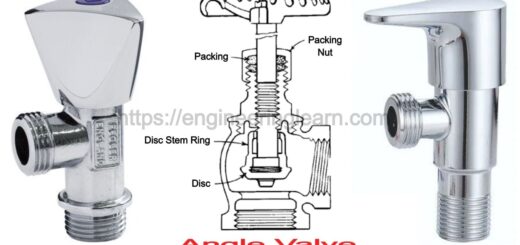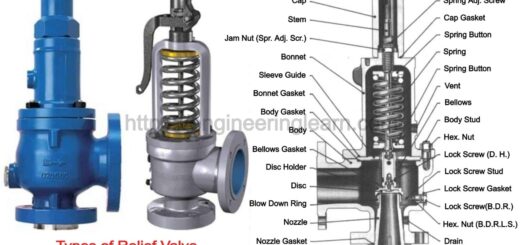Blind Valve: Definition, Types, Operations, Applications (Blind Flange Valve)

What is a Blind Valve?
Blind Valve: Definition, Types, Operations, Applications (Blind Flange Valve) :- Blind valves are used for completely restricting the flow through a pipe, as they restrict material flow completely then it is easy to carried out construction and maintenance and other activity safely. These valves also provide visual indication and show the position of valve to the workers. They are also called as eight (8) blind or blind flanges because it can be as simple like a rotating 8 shape, where one loop is a hollow disc by which flow through valve is done and the other loop is solid completely.
These valves are easy in use and installation, and provide great safety to both large and small projects but are invaluable for high flow volume applications. With some actuation mean the blind valve is rotated and the solid disk restrict movement through pipe and the hollow disk protrudes from valve which indicates that the valve is in close position. Blind valve achieve 100 percent positive isolation and there is zero leakage because blind is a solid plate.
Operation of Blind Valves / Working of Blind Valves
The most common function of all the types of blind valve is to restrict the material flow in the pipe they are attached to, by using actuator and switchable blind piece. Blind valve is installed in pipeline for permanently and they quickly interchange between closed position and open position.
These valves have locking mechanism which are used to tighten or loosen the blind and it have a safety feature which restrict actuation in every position. They are simple in design but get complex when provided with safety measures and size is increased.
Types of Blind Valves
1. Spectacle Blind Valve
These valves take the shape of figure of eight. They are mainly used to switching close and open positions. Flanges between the two pipe gaskets and flanges are used by them to be a permanent stopper for the fluid flowing in the pipe. Regular switching is done by these valves and they move between open and closed position cleanly.
It is machined from single solid piece of metal or if it is too heavy to fabricate as single piece it can be separated in two pieces. It is easy to install and operate. Status of pipe can be inspected easily in this valve when provided with visual indications.
2. Cam Set Blind Valve
These types of valves are also like other type of blind valves but the only difference is their cam mechanism which is used to switch between closed and open positions. By turning hand wheel (right side of above diagram), flange is made free and then it can be turned to any desired positioning, further hand wheel can be brought back for locking the flange in place.
They provide easy means of changing the valve which reduce time consumption of the operator. They are used in paper and pulp industries, petrochemical industries, and refinery and for various other applications.
3. Cam Slide Blind Valve
Cam slide blind valves is used when accuracy required is more important. In these valves rectangular spectacle flanges are used which is used valve to protect from operator error in open and closed condition. Similar cam mechanism as in Cam set blind valves is also used in this type of valves, their size can also be shrunk to smaller size which is suitable for small pipe diameter. These valves are work and time efficient. Only one or two people can switch the valve in few minutes.









